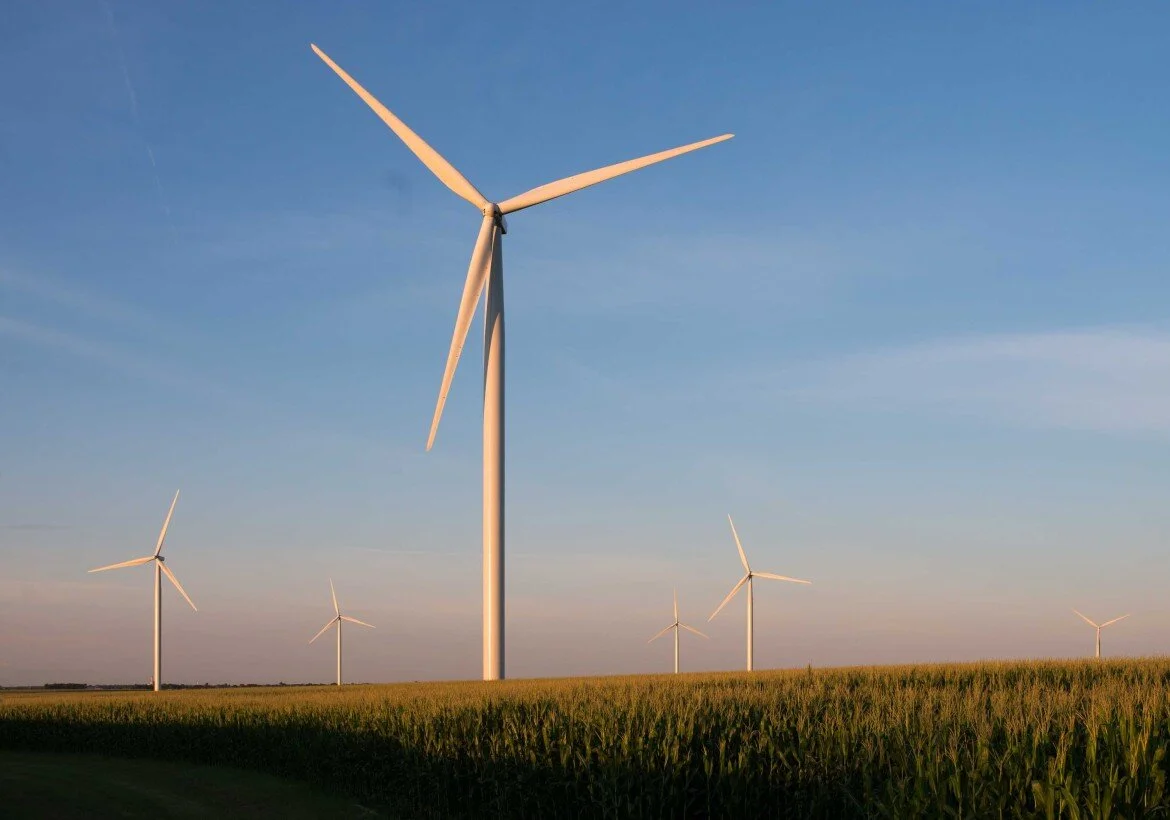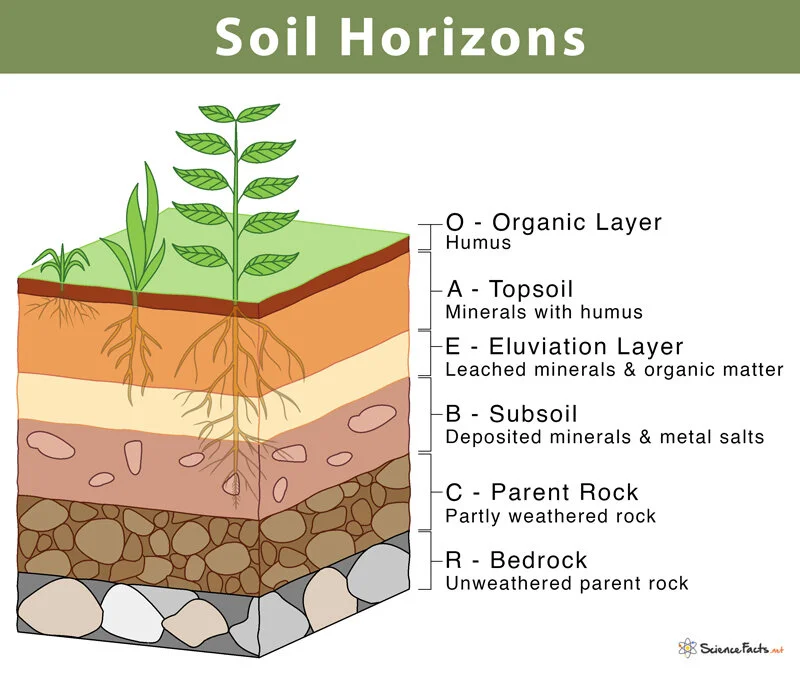We’re feeling Koi- Learn to build Japan’s National Fish!
Did you know…
Koi fish are actually very intelligent! They can be trained to eat out of their owner’s hands and even do some basic tricks.
In Japan, Koi symbolize good luck, abundance, and perseverance.
Koi fish and Goldfish are distant cousins. Although both species descended from Carp, the Goldfish is actually much older.
The oldest ever Koi, Hanako, was born in 1791 and lived to be 226 years old!
Koi fish can actually get sun burned so make sure they have shade on sunny days!










